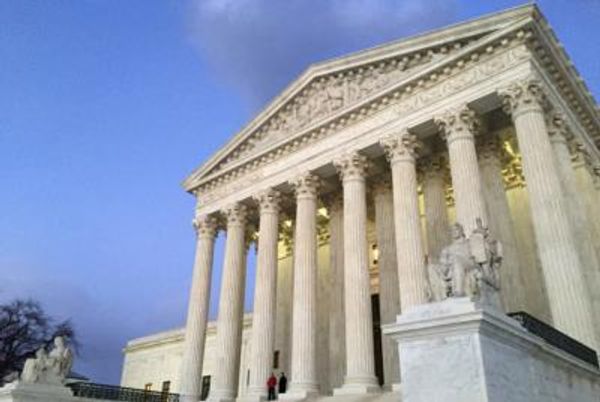
Recent court orders have brought attention to the possibility of the executive branch defying the federal judiciary, raising concerns about the balance of power between branches of government. The Trump administration's response to judicial rulings has sparked debate among legal experts.
Challenges to the administration's compliance with court orders have emerged, with judges having limited options to enforce their decisions. While civil or criminal contempt could be used to hold officials accountable, the extent of the judiciary's power remains uncertain.



Recent incidents, such as a federal judge in Rhode Island reiterating a ruling against the administration's actions, have fueled speculation about potential conflicts between the executive and judicial branches. Vice President JD Vance's remarks questioning the authority of courts to block Trump's agenda have added to the discussion.
Despite these developments, the Justice Department has followed standard procedure by appealing court decisions that have impeded executive actions. The ongoing legal battles highlight the complex interplay between the executive and judicial branches in upholding the rule of law.







